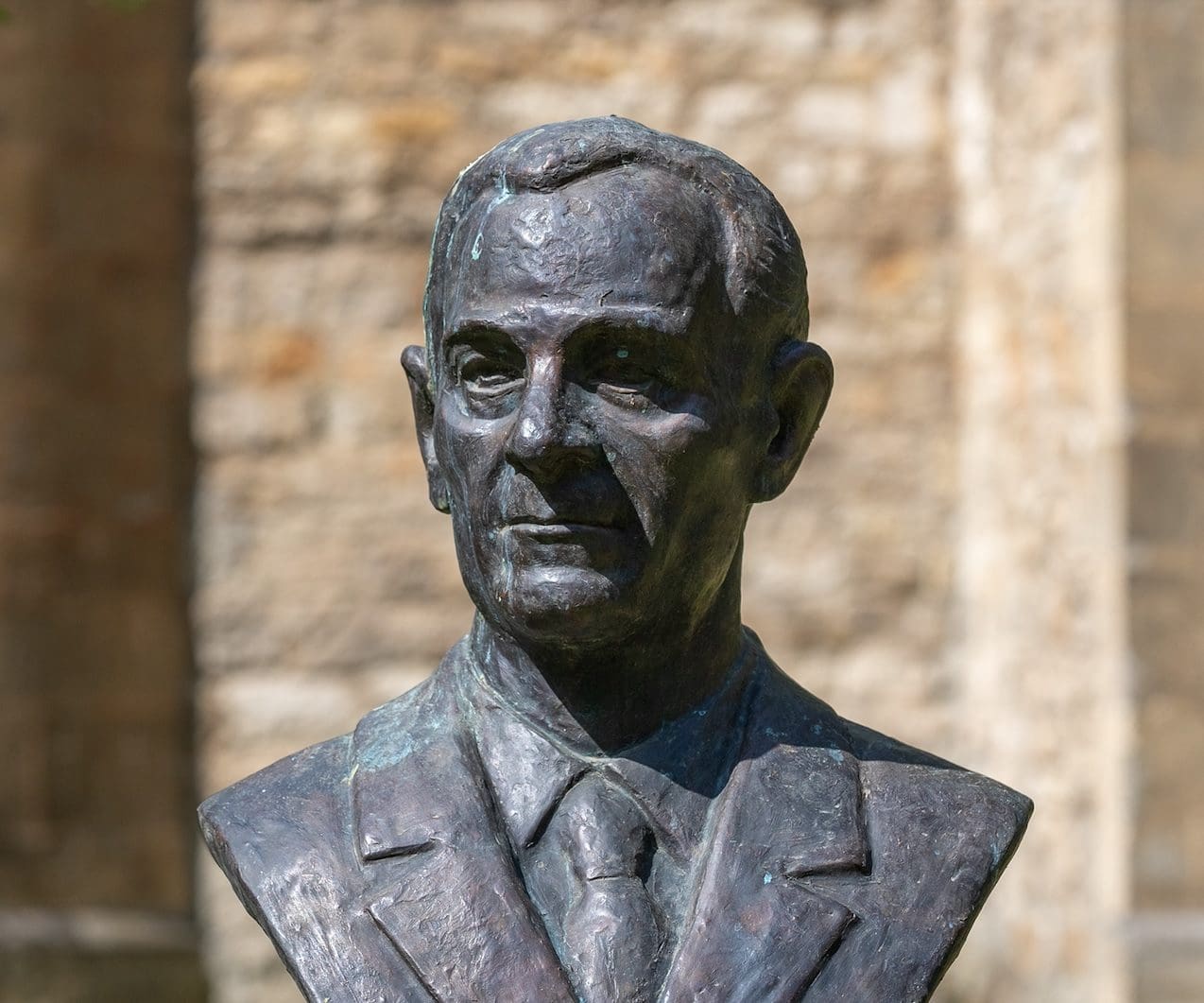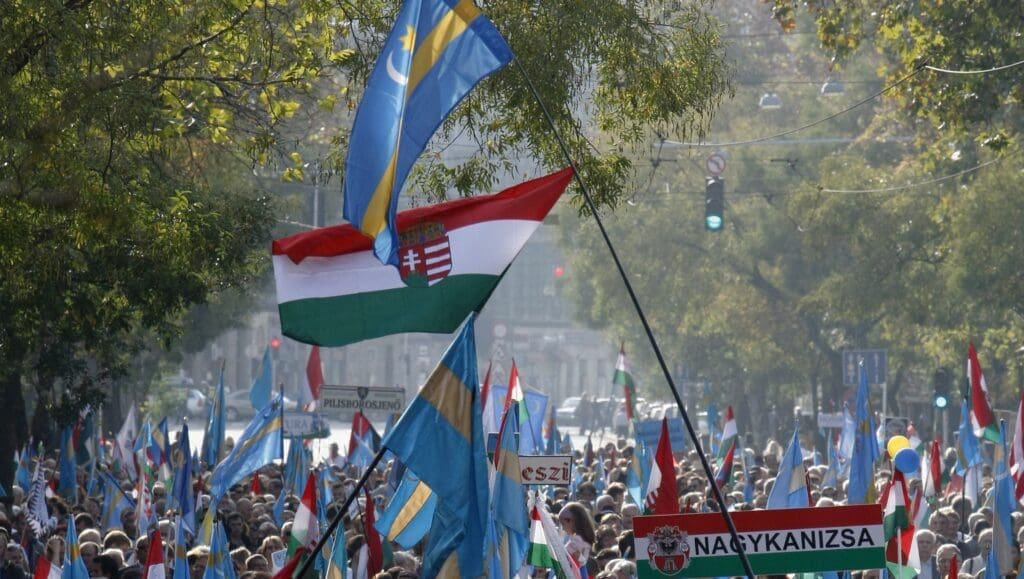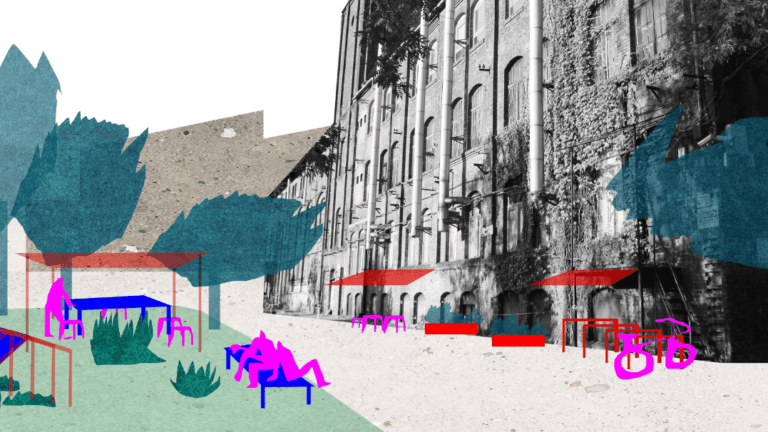The Hungarian right-wing poet, Albert Wass, is often termed a “war criminal”. This accusation is often due to a 1946 verdict of the Romanian People’s Court, which sentenced Wass to death as a war criminal on charges of incitement to murder and assisting to the disintegration of Romania.
The subject of this article is an examination of the procedure undertaken by the people’s court based on authentic Romanian archival documents. It is important to state in advance that I do not wish to analyse Wass’s literary work in detail; neither do I wish to address the accusations related to his worldview and rhetoric which, in my opinion, are already surrounded by a body of literature.
Albert Wass and his father, Endre, were convicted in connection with two cases: for the execution of four civilians (two Jewish girls, two Romanian men) in Vasasszentgotthárdon on September 23rd, 1940, and for the execution of the neighbouring Orthodox priest of Omboztelek and his family (and their Hungarian servant girl, Sarolta Juhász) on the same evening – an evening that claimed 11 lives. In both cases, the two Wasses were accused of inciting Hungarian soldiers to commit the murders. In Omboztelkek, Lieutenant Gergely Csordás acted according to the indictment, whilst in Vasasszentgotthárd, a lieutenant with the surname Pakucs – full name not included – shot the victims.
The proceedings of the People’s Court took place in the absence of the two Wasses
After Northern Transylvania returned to Romanian hands, the proceedings of the People’s Court took place in the absence of the two Wasses. The investigation began in the summer of 1945 – several of the villagers demanded compensation – and the punishment of the culprits, especially Jakab Rozenberg, whose two sisters-in-law, Eszter Mihály and Rozália Mihály, were summoned to Szentgotthárdon on September 22nd and executed the next day. The Wass family comes into the picture through the accusation that Endre Wass refused to intercede on behalf of the Jews, and that the Jewish girls were taken to Albert Wass’s house (to one of the family’s “warehouses” according to other accounts), where Wass allegedly made comments against the victims.
The People’s Court did not even attempt to prove that Albert Wass was in the settlement at all and he later claimed that he was hunting in the area. But even the witnesses often could not decide who to testify against. The Jewish girls were allegedly interrogated in the nearby Schilling castle, tortured, and then executed at the border of the village of Cege. No one has been able to definitively prove that any Wass were at Schilling Castle.
The main witness, Jakab Rozenberg, admitted in a protocol, dated August 1945, that ‘I don’t know how their [the Jewish girls] sentencing took place’. According to the gendarmerie investigative documents of the time, the executed Romanians were accused of allegedly being legionnaires. According to the researches of historian Károly Vekov, which were published in Rubicon 2005/6, Albert Wass was indeed interrogated by the Hungarian investigators regarding the behaviour of the executed Romanians. However, Wass’s role, or even his presence in Szentgotthárd on September 22-23, was not clarified and his name is not even associated with the Jewish girls in the gendarmerie documents – even though the main accusation came from Rozenberg.

Photo: Wikipedia
The trial against 63 defendants took place on March 8-9, 1946 and since the Wasses were not present (they had left for the West), the events in Szentgotthárd were discussed in their absence, without a defence lawyer. The high number of defendants in itself shows the conceptual nature of the trial, since it is difficult to imagine that so many people would have participated in the murders. The defence had no witnesses, and since there was no one to appeal, the verdict immediately became final.
An important addition to the trial is the minutes of the Romanian Council of Ministers dated March 1, 1946 – i.e. one week before the trial – which we know from Vekov’s article and which clearly show that the indictment drawn up by the people’s prosecutors of Cluj was approved by several members of the Romanian government – and Prime Minister Petru Groza.[1] [2]
As Vekov aptly pointed out in his study, next to the names of the accused someone had written in pencil whether they were guilty or not and whether they were perpetrators or accomplices. Next to the name of Wass Albert (No. 59) the following three words were written in Romanian: ‘criminal, instigator, death’. As in several People’s Court proceedings, the judgement was handed down before the trial.[3]
Another problem in the minutes of the trial was that the witnesses only mentioned ‘Count Wass’, which could have meant either Albert or Endre. An important example of this is the testimony of Jewish shopkeeper Géza Ordentlich, who claimed that he tried to intercede with Endre Wass in the case of the arrested Jewish girls. According to her claim, Endre Wass drove her away with cynical words, referring to the presumed communist feelings of Jewish girls.
Two other Romanian witnesses, Mărginean Ioan and Șiom Mihail, claimed that they took the Jewish girls to the house not of Endre, but Albert Wass, where the latter told the gendarmes to ‘take them both.’ The court failed to prove – in fact, they didn’t even try – which of the two statements was true, but this is not the only proof of the chaotic and slippery nature of the procedure.
Let’s see how the testimony of Ordentlich and the two Romanians was summarised in the indictment![4] The text makes no distinction between Endre and Albert Wass, calling both of them “Count Wass”. According to the text, the Jewish girls were ‘taken to the house of Count Wass’, and Géza Ordentlich, ‘an acquaintance of the count’ who acted on their behalf. The first “count” refers to Albert Wass, the second “count” to Endre Wass. Indeed, as a further illustration of the legal vaguity, a third witness named the entire “Wass family” as instigators: Endre Wass, his wife and their son, Albert. Apparently the death of these Jewish girls was the fault of the father Endre, and/or his son, Albert, and also of the entire family – at the same time.
No witness claimed that Albert Wass was involved in the murders
An important point is that no witness claimed that Albert Wass was involved in the murders, and in the course of the case they contented themselves with showing that, according to the witnesses, Wass had a grudge against the victims, and that the Wasses were said to be hated by the whole village. The latter, of course, fits into the concept of class warfare adopted by the people’s courts in Hungary, one of the main aspects of which was the presentation of the struggle between the oppressive lords and the oppressed proletarians. Wass’s revisionist literary works (e.g. Jönnek!, 1940) were also included in the indictment – not that they had anything to do with the murders – in order to prove that Albert Wass wanted to tear the country apart.
The indictment charged Albert Wass and Endre Wass with complicity not only in the murders in Szentgotthárd, but also in the neighboring Omboztelek, despite the fact that Albert Wass’s name appears only once in the materials related to the events in Omboztelek: according to the indictment, ‘either because Count Albert Wass had a conflict with pópa [Orthodox priest] Andrei Bojor of Omboztelek, or because the local notables had a bad opinion of Bojor, he was subjected to endless tortures by the soldiers, many house searches took place, both during the day and at night, on the pretext that he was hiding weapons’. According to the only part that refers to Albert Wass, pópa Bojor’s house was often searched because the priest was on bad terms with the poet. This is certainly interesting, but it does not prove that Albert Wass had anything to do with the priest’s death.
Nonetheless, all the witnesses claimed that Endre Wass had incited the Hungarian soldiers to execute priest Bojor, but the verdict named Albert Vass [sic!] from the neighbouring village of Szentgotthárd – as the instigator – and then condemned his father and him in the same sentence.
Again, we can only briefly add that some witnesses could not decide whether they saw Wass at all during the events in Omboztelek, and if so, whether it was ‘the young or the old’ one; someone further admitted that ‘I don’t know how can the murder be connected with Count Wass’. Certain questions, such as where Albert Wass was during the period in question, or his father’s role in the murders, would be worth exploring with additional documents. On the other hand, we can establish from the current sources that the people’s court procedure was conceptual; the accusations were not proven, and occasionally they did not even manage to identify the accused. The result obtained in this way cannot therefore be considered authoritative.
The fact that public figures close to the Hungarian regime between the two wars were put on trial in Romania does not mean that they were not possibly guilty in some way. What is objectionable is the fact that neighbouring states to Hungary frequently used the post-war procedures to destroy Hungarian politicians and public figures. We only have to note in passing that if we were to naively accept all judgments handed down by the successor states to Hungarian public figures or public administration officials, then we would also have to believe in the guilt of Deák Leó, the főispán of Bács-Bodrog county – he who was executed by a Yugoslav people’s court in Újvidék – or Béla Bethlen, főispán of Szolnok-Doboka, who was sentenced to forced labour by the Romanian People’s Court for, among other things, his alleged participation in the deportations. However, both Deák and Bethlen appear in the Nazi German documents of the time as dangerous ‘Jewish lackies’, people who refused to collaborate.
Albert Wass’s other work is not evaluated in this article. There is no doubt that the followers of the writer and poet turn a blind eye to some of Wass’s more problematic writings. In her 2016 study, Orsolya Enikő Nagy cites several of Wass’s articles from 1942, in which he demanded the ‘extermination’ of the spirit of the ‘international […] cafe house heroes’ with their ‘helpers’ and the ‘Jewish heritage’ among the merchants.[5] All of this, however, belongs to another study, and can hardly classify Wass’s subsequent branding as “war criminal.”
I’d like to express special thanks to Szabolcs Kovács and Károly Vekov for their help with the article.
[1] Vekov Károly, ‘Perújrafelvétel. A Wass Albert-ügy’, Rubicon (2005/6), 45-50.
[2] Ernő Raffay, Mihály Takaró, Károly Vekov (eds.), ‘A gróf emigrált, az író itthon maradt. Wass Albert igazsága’, Szabad Tér (2004), 180.
[3] Raffay, Takaró, Vekov (eds.), ’A gróf emigrált’, 181.
[4] For this quote and all other quotes from the original documents see: Serviciul Judeţean al Arhievelor Naţionale Cluj, Fondul Tribunalul Poporului, Dos. (22/1946)
[5] Orsolya Enikő Nagy, ‘A dési sajtó antiszemitizimusa és antiszemitái (1940-1944)’, In: Randolph L. Braham (ed), ‘Tanulmányok a holokausztról’, Budapest, Balassi (2016), 109-137.







